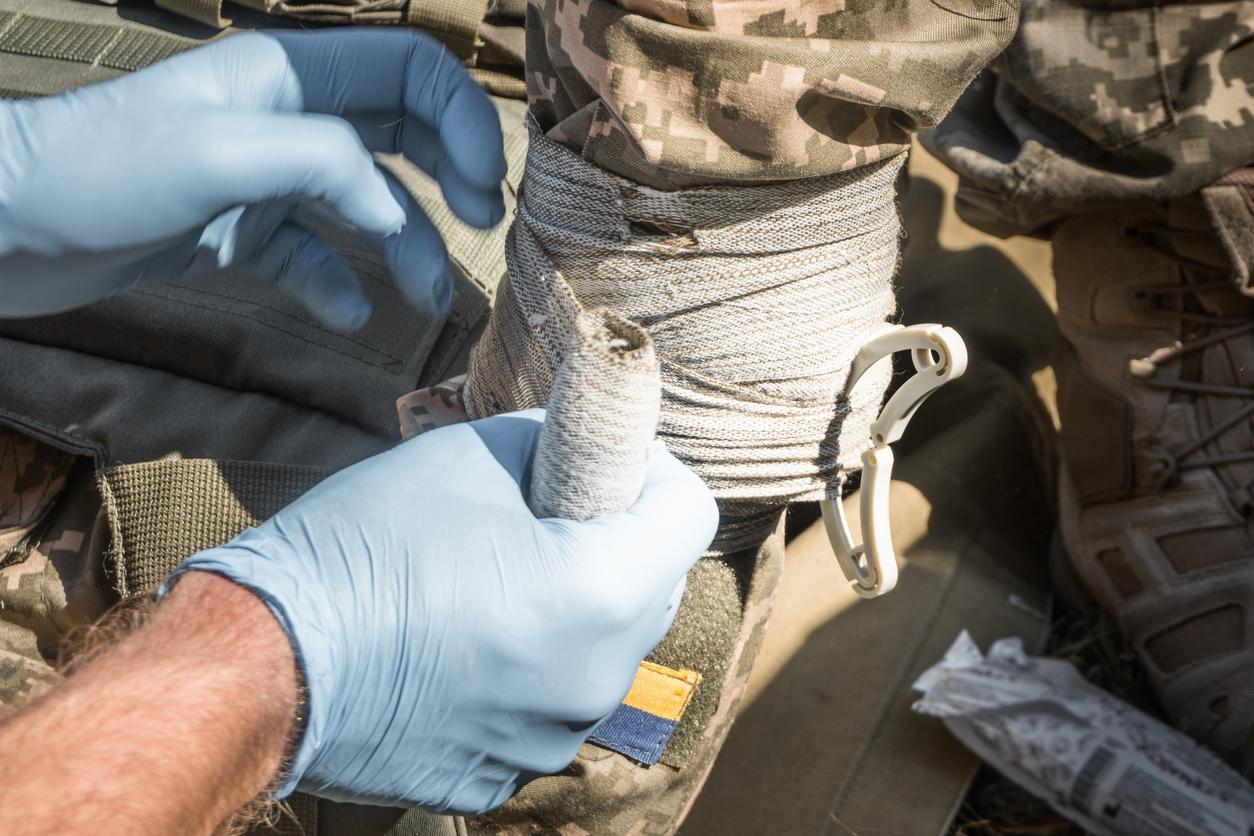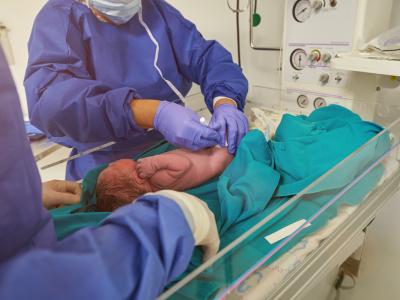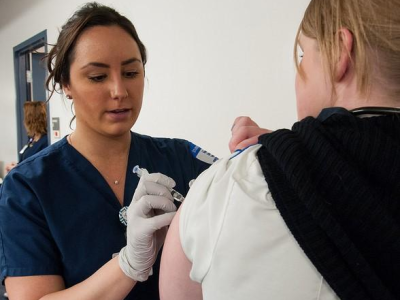A new study of Ukrainian refugees reveals how the country's war with Russia may be helping promote the spread of multidrug-resistant (MDR) bacteria throughout Europe, researchers reported today in Clinical Microbiology and Infection.
In what they say is the largest cohort study to date on the topic, researchers from Helsinki University Hospital in Finland assessed MDR bacterial carriage among 166 Ukrainian refugees treated at the hospital in the 2 years after the Russian invasion of Ukraine in February 2022. They found that significant proportions of previously hospitalized Ukrainians, especially those who had been treated for war wounds, carried MDR strains. Previously hospitalized patients also had the highest rates of MDR infections.
Previous research has indicated a significant increase in MDR organisms in Ukrainian hospitals since the invasion, primarily linked to traumatic war wounds. But the war in Ukraine has also resulted in the transfer of thousands of hospital patients to hospitals in Finland and elsewhere in Europe. The authors of the letter say these findings suggest European hospitals need to focus on the antimicrobial resistance (AMR) threat posed by those patients.
"Our findings highlight that war-related hospitalisations represent a distinct and urgent AMR risk," the authors wrote.
High rate of MDR infection in war-wounded patients
The 166 Ukrainian patients treated at the hospital from February 24, 2022, to May 31, 2024, were screened for carriage of several MDR pathogens, including methicillin-resistant Staphylococcus aureus (MRSA), vancomycin-resistant Enterococcus (VRE), extended-spectrum beta-lactamase-producing Enterobacterales (ESBL-PE), carbapenemase-producing Enterobacterales (CPE), multiresistant Acinetobacter baumannii (MRAB), and multiresistant Pseudomonas aeruginosa (MRPA). They were grouped based on hospitalization abroad in the prior year: No hospitalization (102 patients, 61.4%), hospitalization without war-related injuries (50, 30.1%), and hospitalization with war injuries (14, 8.4%).
While only 17.6% of the non-hospitalized patients carried MDR bacteria (primarily ESBL-PE and MRSA), MDR bacterial carriage was found in 46% of those hospitalized without war injuries and 78.6% of those hospitalized with war injuries.
Our findings highlight that war-related hospitalisations represent a distinct and urgent AMR risk.
The MDR bacteria carried by previously hospitalized patients included the most highly-resistant pathogens. Among the war-injured, carriage rates for CPE, MRAB, and MRPA were 35.7%, 28.6%, and 21.4%, respectively. In those hospitalized without war injuries, 16% harbored CPE, 4% carried MRAB, and 2% carried MRPA.
"All MRAB and MRPA carriers had recently experienced ICU [intensive care unit] care admission or surgery abroad, suggesting significant transmission in conflict-affected healthcare systems," the researchers wrote.
Two patients with war-related injuries carried VRE. In contrast, no CPE, MRAB, VRE, or MRPA isolates were identified in non-hospitalized patients.
Although most of the MDR carriage was asymptomatic, more than 1 in 5 (21.2%) developed clinical MDR infections, a rate the authors say is significantly higher than observed in a previous study of refugees/asylum seekers conducted before the war in Ukraine. Most of the infections were wound-related. The MDR infection rate was 45.5% among MDR carriers with war wounds and 17.4% among those hospitalized without war injuries.
"We strongly recommend targeted MDR screening and strict contact precautions for patients hospitalised in conflict zones," the authors concluded. "War-injured patients should be considered as a high-priority group for infection control across Europe and beyond."






















